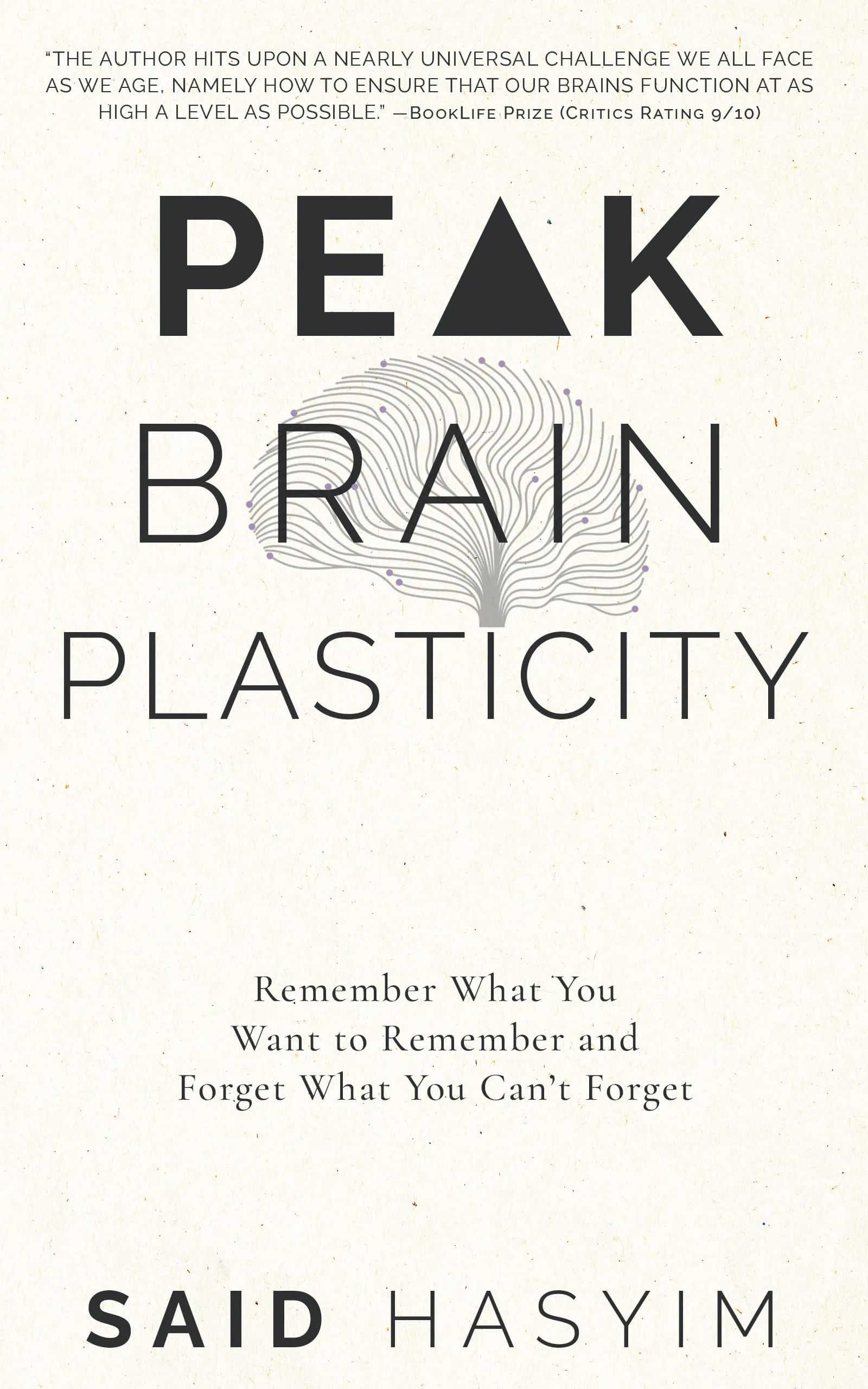Sculpting Memories: The Art of Brain Plasticity
The brain is an extraordinary organ, not merely a control center for our body but also a dynamic entity capable of remarkable changes throughout our lives. This phenomenon known as neuroplasticity is the brain’s ability to reorganize itself, to form new neural connections, and to adapt both in response to learning and experiences. In this blog post, we will explore the intricate art of brain plasticity, examining how it shapes our memories, influences our behaviors, and offers a pathway to recovery and growth.
Understanding Neuroplasticity
Neuroplasticity refers to the brain's ability to change and adapt as a result of experience. This process involves two key types: functional plasticity, which is the brain's capacity to relocate functions from damaged areas to undamaged ones, and structural plasticity, which is its ability to physically change its structure in response to learning or environmental influences.
The Science Behind Neuroplasticity
Neurons in the brain communicate with one another through synapses; these connections can strengthen or weaken over time based on activity levels. Long-term potentiation (LTP) is a process where repeated stimulation of synapses leads to enhanced synaptic strength, allowing for improved communication between neurons. Conversely, long-term depression (LTD) occurs when synaptic connections weaken due to inactivity. Together, these mechanisms underpin the foundations of memory and learning.
Research has shown that neuroplasticity occurs across our lifespan, not just during childhood. Although the brain is most flexible in early development, significant changes can be induced even in adulthood through experiences, learning new skills, or undergoing therapy.
The Role of Memories in Shaping Our Lives
Memories are the building blocks of our identity, knitting together our past experiences and guiding our future behaviors. Neuroplasticity plays a crucial role in the formation and retrieval of memories.
Types of Memories
Memories can be broadly categorized into:
- Explicit (Declarative) Memories: These are memories that require conscious thought, such as recalling facts and events.
- Implicit (Non-declarative) Memories: These are memories that do not require conscious thought, including procedural skills and habits.
Both types of memories rely on different brain structures and processes, showcasing the intricate nature of the brain's adaptability.
How Memories Are Formed
Memory formation involves several stages:
- Encoding: Information is converted into a format that can be stored in the brain.
- Storage: The information is maintained over time within neural pathways and networks.
- Retrieval: Stored information is accessed and brought to consciousness.
Each of these processes is influenced by neuroplasticity, as the brain continuously fine-tunes its pathways in response to new experiences.
Harnessing Neuroplasticity for Growth
Understanding the art of brain plasticity opens the door to numerous practical applications, especially in personal growth and rehabilitation.
Learning New Skills
One of the most exciting aspects of neuroplasticity is its capacity to enable learning throughout life. Whether you are picking up a new language, learning to play an instrument, or mastering a craft, the brain is capable of rewiring itself to accommodate and enhance these new skills. The key is consistent practice, as repeated activity strengthens the neural pathways associated with those skills.
Recovery from Injuries
Neuroplasticity also plays a critical role in recovery from brain injuries or strokes. Therapists leverage the brain’s adaptability to encourage rehabilitation by stimulating areas of the brain that can compensate for damaged regions. Techniques such as physical therapy, cognitive exercises, and occupational therapy are all designed to promote functional plasticity, helping individuals regain lost functions or develop new strategies to cope with their circumstances.
Managing Mental Health
Neuroplasticity extends into the realm of mental health as well. Therapeutic approaches such as Cognitive Behavioral Therapy (CBT) focus on reshaping negative thought patterns and behaviors by encouraging new ways of thinking. Mindfulness and meditation also harness plasticity, promoting changes in the brain structures associated with attention, emotional regulation, and stress reduction.
Everyday Practices to Enhance Neuroplasticity
While the brain’s plasticity is a natural phenomenon, there are several practices that can enhance its potential:
1. Continuous Learning
Engaging in lifelong learning stimulates the brain and encourages the formation of new connections. Consider taking up a new hobby, enrolling in a class, or simply reading more books.
2. Physical Exercise
Physical activity has been shown to foster brain health by increasing blood flow and promoting the growth of new neurons, especially in the hippocampus, an area critical for memory.
3. Mindfulness and Meditation
Practicing mindfulness or meditation can strengthen attention and improve emotional regulation, contributing to healthier brain function and enhanced plasticity.
4. Healthy Nutrition
A balanced diet rich in omega-3 fatty acids, antioxidants, and vitamins can support brain health. Foods such as fatty fish, nuts, seeds, and plenty of fruits and vegetables are beneficial.
5. Quality Sleep
Adequate sleep is crucial for memory consolidation and neural repair. Establishing good sleep hygiene can significantly impact brain function and plasticity.
Conclusion
The art of brain plasticity is a fascinating journey through the landscapes of memory and learning. As we come to understand the tremendous capabilities of our brains, we can harness neuroplasticity to enhance our lives, recover from setbacks, and cultivate personal growth. Whether through learning, recovery, or mental health management, we hold the brushes and chisels to sculpt our memories and reshape the very fabric of our brains. Embrace the journey of shaping yourself through the art of brain plasticity, and discover the profound transformations that lie within!
Harness the Power of Neuroplasticity
Discover Peak Brain Plasticity, a practical book to harnessing neuroplasticity. Enhance your memory, learn new languages quickly, and alleviate anxiety with effective study methods. Uncover daily habits that impact cognitive health and explore techniques for accelerated learning and memory retention. Unlock your brain's potential for growth and transformation.
